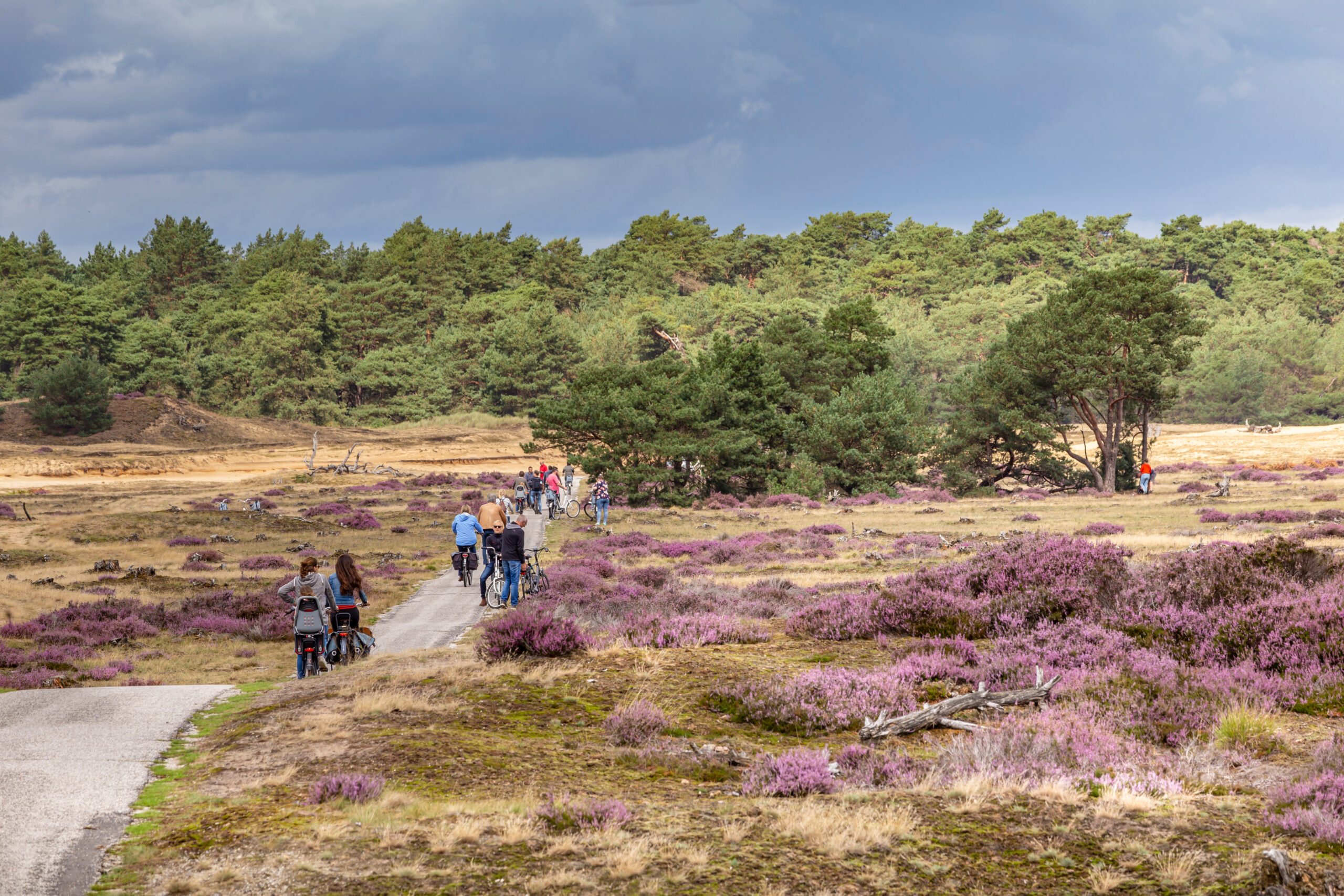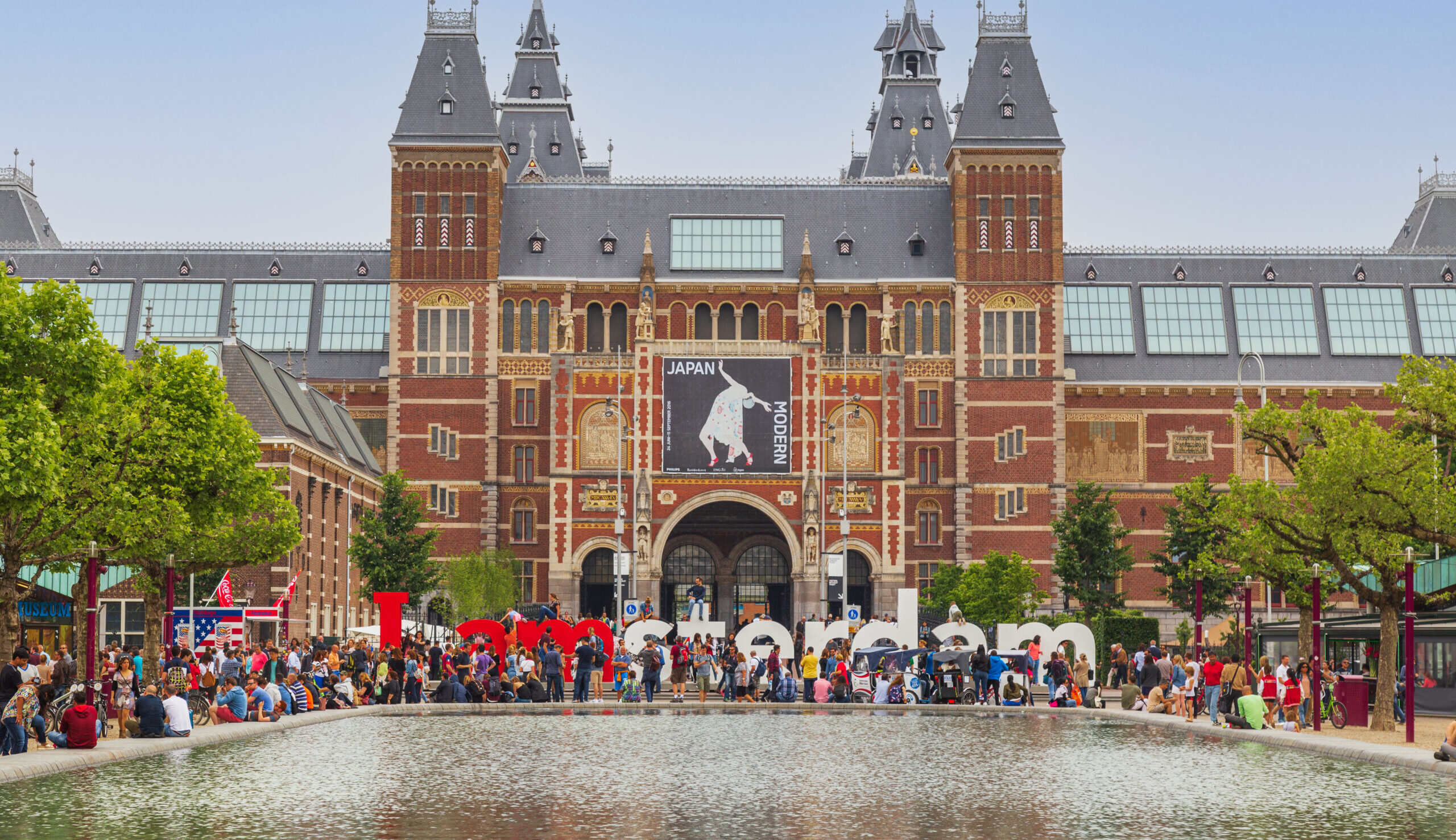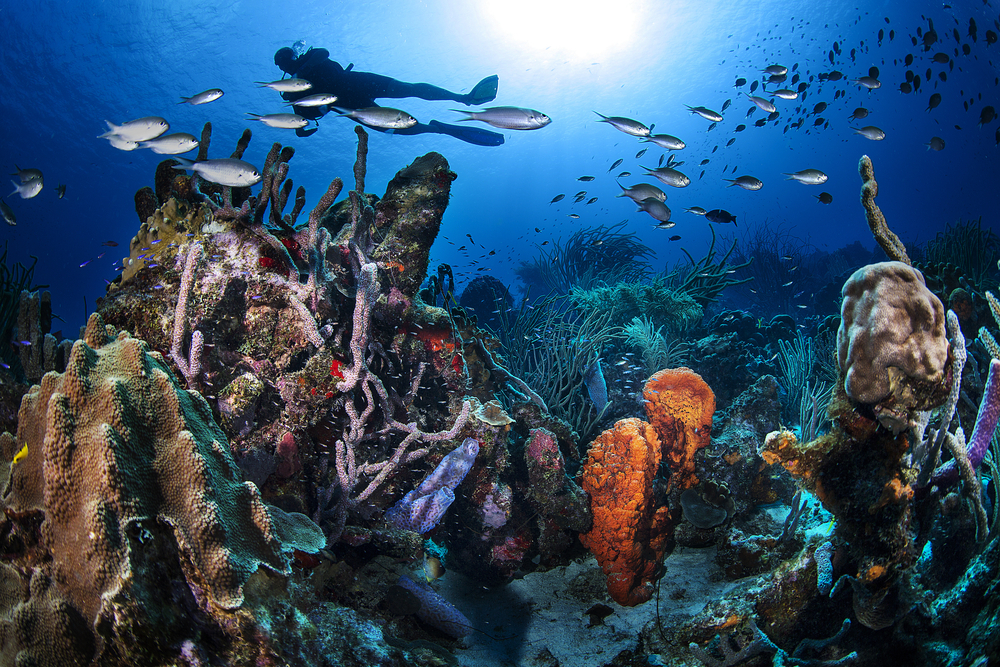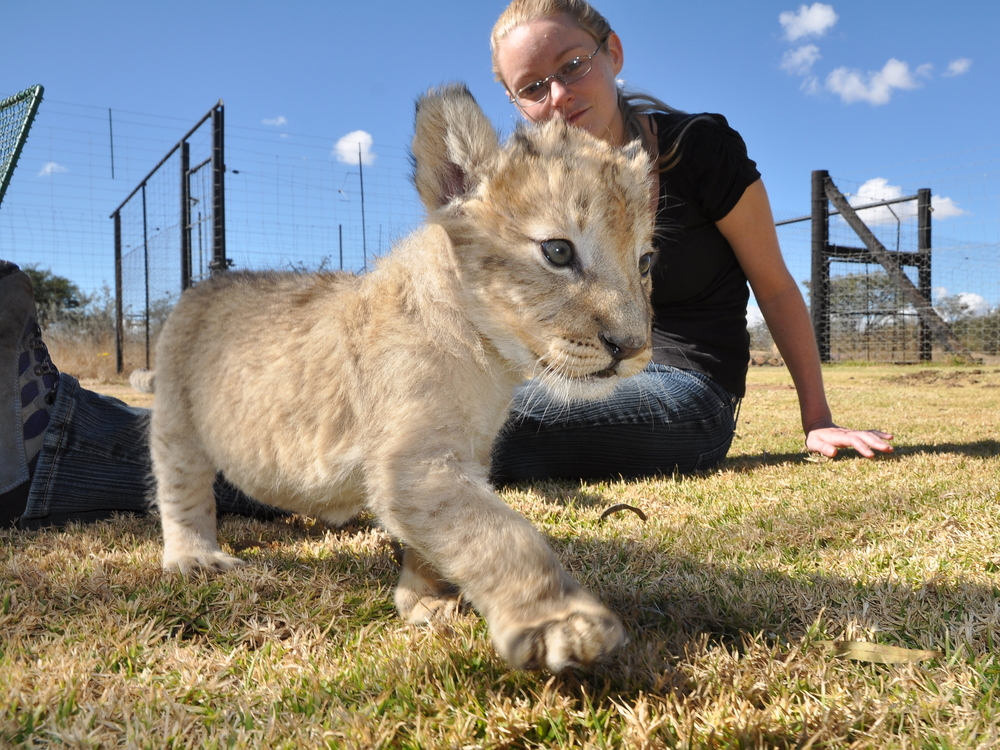Enjoying the beauty of national parks instead of flying to exotic locations; how sustainable is that, and can the Dutch nature reserves and the animals that live there cope with the influx of tourists?
A local safari with the Dutch big five: the red deer, the wild boar, the roe deer, the badger and the fox. The Dutch nature reserves also have numerous birds, frogs, toads, and rabbits to be admired. During the corona pandemic, we took a peek in an alternative reality where the majority of the Dutch had a ‘staycation’ and discovered nature near home.
Ten per cent
In 2020, traffic to and from nature reserves increased by 75 per cent. Nature reserves in the Netherlands are, however, not large enough to handle such numbers, says Patrick Jansen, associate professor of Wildlife Ecology and Conservation. He studies the effect recreation has on wildlife in the Hoge Veluwe National Park.
Only 10 per cent of the Netherlands is protected and serves as a habitat for wildlife. Although humans hike and cycle through the nature reserves on a daily basis, the wildlife remains wary and stays away from visitors. ‘As the space occupied by humans in nature reserves increases, the animals’ habitat effectively shrinks’, says Jansen.
Smaller habitat
On the Veluwe, it is apparent that the increase in tourism reduces the space and time available for animals, according to Jansen. Together with his colleagues, he uses camera traps to map in what areas the animals are active, when, and to what degree. ‘If the park is closed to visitors for a lengthy period, as was the case during the outbreak of foot and mouth disease in 2001, animals soon use all of the available space, both during the day and the night.’
It would seem that the fear the animals accumulate during busy seasons fades only slowly
When there are visitors cycling or walking through the park, the animals retreat. ‘During such times, they use the designated rest areas twice as intensively as they do other areas in the park’, Jansen explains. Stricter measures, such as prohibiting visitors from straying from the paths, appear to have little effect, according to the data gathered by Jansen and his colleagues. When there is a period of increased human activity, the animals’ living space is rapidly reduced while increasing only slowly during quieter times. ‘It would seem that the fear the animals accumulate during busy seasons fades only slowly.’
Although doe deer, red deer and wild boar are the focus of his research, Jansen is more concerned about other species. ‘Ground-breeding birds such as the northern wheatear and the woodlark breed in the heath fields. And it is precisely these fields that are popular among tourists. ‘Their presence disturbs these endangered birds. Sometimes to such a degree that the birds abandon their spawn.’
Kill zone
Increased recreation in nature also causes physical disturbances. Hikers destroy vulnerable vegetation, and cyclists kill reptiles. Concrete cycling lanes and sandy mountain bike routes heat up under the sun, making them ideal spots for reptiles to warm themselves. The increased number of cyclists causes many of these animals to end up under the cyclists’ wheels and perish. ‘This calls for restraint in the construction of new paths and amenities for tourists’, says Jansen.
‘The fact that the Dutch are discovering leisure activities in their own country is good’, according to Jansen. ‘Ironically though, nature tourism abroad is also important to a certain degree to protect nature and with it, the climate.’ Entire economies in poorer countries depend on people’s interest in nature and wildlife. Income from eco-tourism helps these countries conserve and protect nature. ‘If travel to these areas grinds to a halt, this reduces carbon emissions, to be sure, but it also destroys the economic basis for nature conservation in these countries’, Jansen states. Ultimately, it’s a question of a balance between eco-tourism abroad and exploring nature in the Netherlands.
Nature tourism abroad is also important to a certain degree to protect nature, and with it, the climate
‘Vacation at home and keeping disturbances of nature to a minimum is good and sustainable, as long as we spread the tourists’, Jansen says. For example, by planning vacations around the high season. Moreover, Jansen encourages the government to invest in making areas outside of nature reserves more interesting for recreation. ‘Hedgerows, meandering creeks, shrubs and paths make the landscape more suited for tourism and outdoor activities such as jogging and mountain biking. Thus, tourists won’t have to flock to the nature parks, so that animals are less affected by peaks in human activity.’
This was the last edition of the Sustainable Tourism summer series.

 Cyclists on the Hoge Veluwe. Photo Shutterstock/INTREEGUE Photography
Cyclists on the Hoge Veluwe. Photo Shutterstock/INTREEGUE Photography 

